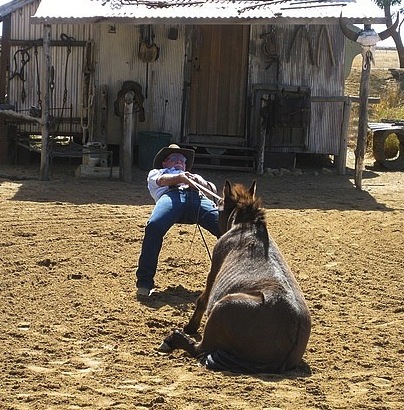Starvation, Pressure, and Perspective Shift
I like Dave Snowden’s thinking on innovation – starvation, pressure, and perspective shift. Here’s what it means to me:
Starvation – Left to our own, we’ll do as we did before. Starvation of resources pushes thinking away from stale, worn paths. Almost in reverse, define what you don’t want, then construct intelligent constraints (the most difficult part of the whole deal) so it’s out of the design space. Constrain the team so they can’t use the most expensive material; constrain the team so they can’t use the same old technology; constrain them so they can’t use the tried and true business model. It’s reverse thinking, but constraints – telling them what they can’t do – frees up design space. Constraints say “Do anything you want, except this.” which constrains far less than specifications. Constrain them to free them.
Pressure – Left to our own, we’ll reuse old thinking. Time pressure drags thinking out of the ruts of our success. Define creative constraints then, to create pressure, give the team insufficient time to think it through. Force them to swim differently with the problem. The best way I know is to explain the constraints then give the team fifteen minutes to build a prototype. (Yes, fifteen.) The prototype is non-functional, and can be made from whatever is on hand – cardboard, clay, duct tape, or packing peanuts. The short time frame creates pressure, and the pressure extrudes different thinking. Building a prototype shifts from learning-in-the-brain to learning-with-the-hands. And since hands learn differently than brains, new thinking is cast.
Perspective Shift – Left to our own, we’ll do a remake. Perspective shift moves us to a different place to create a healthy disrespect for today’s thinking. Seen in the right new light, our successes should look problematic. (From the front a skunk isn’t so bad, but from behind things aren’t so good.) Building a bridge to a new perspective can shift things a little, but for a tectonic shift, formalize the consequences of inaction. Think – “If we don’t do this, a very bad thing will happen.” Perspective shift is all about creating action in a new direction.
You won’t get it right the first time, but, no matter. The real enemy is inaction.

 Mike Shipulski
Mike Shipulski